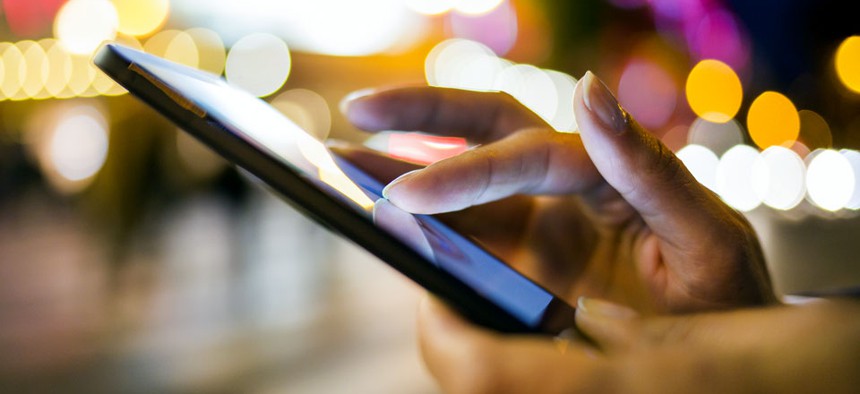Phone Apps Help Government, Others Counter Violence Against Women

LDprod/Shuttrstock.com
The military is considering an app to help reduce sexual assault on bases.
Smart and mobile phones have helped authorities solve crimes from beatings that occurred during the London riots to the Boston Marathon bombing. A panel of experts gathered on Monday said the devices can also help reduce and combat rapes and other gender-based violence.
Smartphone apps and text messaging services proliferated in India following a sharp rise in reported gang rapes, including the brutal 2012 rape and murder of a 23-year-old medical student in Delhi, according to panelists at the Wilson Center event on gender-based violence and innovative technologies.
The apps fall into four main categories, said Alex Dehgan, chief data scientist at the United States Agency for International Development: apps that aid sexual assault and domestic violence victims, apps that empower women to fight back against gender-based violence, apps focused on advocacy and apps that crowdsource and map cases of sexual assault.
The final category of apps is largely built on the Ushahidi platform, which was developed to track reports of missing people following the 2010 Haiti earthquake.
One of the apps, Safecity, offers real-time alerts about sexual assaults across India to help women identify unsafe areas.
Similar apps have been launched in Egypt and Syria, Dehgan said. In lower-tech countries the systems often operate using text messages rather than smartphone apps so they’re more widely accessible.
One of the greatest impediments to using mobile technology to reduce gender violence is third world nations in which women often don’t have access to their own mobile or smartphones and rural areas in the U.S. and abroad in which there is limited service or broadband, Christopher Burns, USAID’s team leader for mobile access, said.
Burns suggested international policymakers should align plans for expanding broadband and mobile service with crowdsourced reports of gender violence.
“One suggestion for policy makers to focus on is to take a look at the crowd maps we’ve talked about today and see where there are greater incidences of gender-based violence and violence against women,” he said. "In all likelihood, those pockets probably don’t have the connectivity, don’t have the infrastructure [and] don’t have the capacity in place for survivors to benefit from those tools.”
One tool that’s been used in the U.S. is Circle of 6, an app for women on college campuses to automatically draw on friends when they think they’re in danger. The app allows women to pick six friends they can automatically text if they think they’re in a dangerous situation, asking them to call with an excuse for them to leave.
The app is designed to look like a game so it isn’t clear women are using their phones to seek help, said Nancy Schwartzman, executive director of Tech 4 Good, which developed the app.
Schwartzman has heard reports of gay men on college campuses using the app as well, she said. The military has been in contact with Tech 4 Good about developing a version of the app to combat sexual assault on military bases, she said.
(Image via LDprod/Shutterstock.com)






